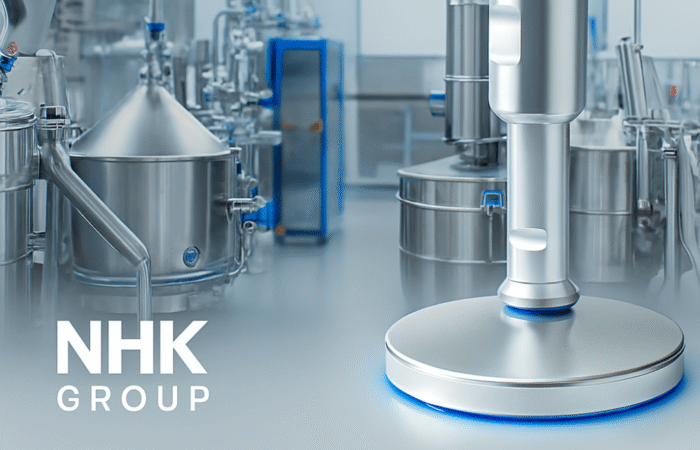
Adapt to Industry Trends for Success in Hygienic Manufacturing
In the field of hygienic manufacturing, success hinges on staying ahead of industry trends that enhance product safety, efficiency, and compliance. This article explores key trends that are shaping the future of hygienic manufacturing and how businesses can adapt to these changes to maintain their competitive edge. The adoption of advanced sanitization technologies is critical in maintaining the highest standards of cleanliness, use certified hygienic components. UV sterilization, automated cleaning systems, and electrostatic spray technologies are becoming more prevalent. These methods provide effective and efficient cleaning solutions that reduce the risk of contamination and increase the overall reliability of the manufacturing process. Automation is transforming hygienic manufacturing by minimizing human contact with products during the production process. Robotics are being employed for tasks ranging from mixing ingredients to packaging finished products. This not only enhances cleanliness but also improves precision and reduces labor costs, making operations more scalable and less prone to errors. Traceability is paramount in ensuring transparency and compliance in manufacturing. Advanced traceability systems allow manufacturers to track every component from procurement through to the finished product. This is crucial for quality control, recall efficiency, and consumer trust, as it provides clear accountability and facilitates quicker responses to any issues that may arise. Packaging plays a crucial role in maintaining the hygiene and integrity of products. Innovations in packaging technologies, such as active packaging that can extend shelf life, and intelligent packaging that provides information about the condition of the product, are becoming more widespread. These technologies not only enhance product safety but also appeal to the environmentally conscious consumer by improving sustainability. The design of manufacturing equipment and facilities plays a foundational role in maintaining cleanliness. Equipment should be designed for easy cleaning and minimal maintenance, with smooth surfaces and minimal crevices where bacteria can accumulate. Additionally, the layout of facilities should facilitate optimal hygiene practices and workflows. Continual employee training in the latest hygiene and safety protocols is essential. Regular training ensures that all personnel are aware of the best practices and the latest technological advancements in hygiene. This is critical not only for compliance but also for fostering a culture of cleanliness and safety that permeates every level of the organization. As environmental sustainability becomes a priority for consumers and regulatory bodies alike, hygienic manufacturers must integrate eco-friendly practices into their operations. This includes using sustainable materials, reducing waste, and conserving energy. Sustainable practices not only improve the environmental footprint of a company but also enhance its public image and consumer appeal. By understanding and integrating these trends, companies in the hygienic manufacturing sector can improve their operational efficiency, comply with rigorous standards, and ultimately gain a substantial competitive advantage in the marketplace. Maintaining the highest standards of cleanliness requires clear protocols, comprehensive staff training, and the use of high-quality cleaning products and equipment. Regular and deep cleaning schedules, proper waste management, and rigorous personal hygiene practices are essential. Continuous monitoring, feedback mechanisms, and meticulous documentation ensure consistency. Adherence to health and safety regulations, obtaining relevant certifications, and adopting new cleaning technologies further uphold standards. This process ensures a safe, healthy environment, vital for settings like hospitals, schools, and workplaces, where cleanliness is crucial for preventing infection and promoting well-being.Harness Industry Trends for Success in Hygienic Manufacturing
Advanced Sanitization Technologies
Automation and Robotics
Traceability Systems
Innovative Packaging Solutions
Hygienic Design Principles
Employee Training and Development
Sustainable Practices
Understanding and Integrating
Critical maintenance of the highest standards of cleanliness


Contact













